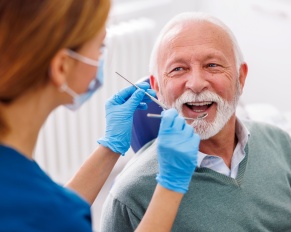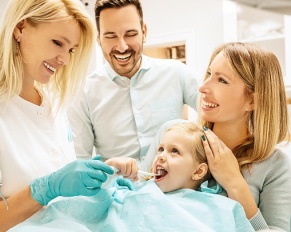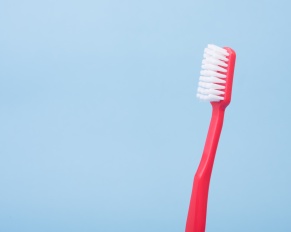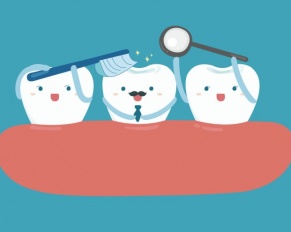You’re always taking a gamble when you see a new dentist, and it pays to know if you’re hitting the…

Common Dental Questions, dental care questions and answers, dental health tips, cosmetic and restorative dentistry, dental technology, ask a dentist about dental care for children

You’re always taking a gamble when you see a new dentist, and it pays to know if you’re hitting the…

Spring cleaning isn’t just about dusting shelves and organizing closets—it’s also the perfect time to refresh your oral health routine.…

Of course, every little detail matters when it comes to your child’s health—including their baby teeth. Often underestimated because of…

Maintaining good oral hygiene is necessary for your overall health, and choosing the right toothbrush plays a huge role in…

There are all kinds of reasons for choosing a new dentist. You might have changed residences and are looking for…

There are so many different toothpastes on the market these days that it can be tough sometimes to make an informed decision on which ones to purchase for all the members of your family. Should you buy the kind of toothpastes that whiten your teeth? Should your toothpaste contain fluoride for cavity protection? What about the kind of toothpaste that helps keeps your breath fresh, or the kind that controls tartar, or the kind that combats sensitive gums? Do these actually work? And what if you’re a smoker? Should you use a special kind of toothpaste made just for those who use tobacco? The fact is that there are so many different brands, flavors, and kinds of toothpaste on the market today, but there are really only just a few different types of toothpaste, with most stemming as hybrids from those types. If you’ve always wondered what type of toothpaste is best for you, here’s more information that may help break down the differences.

Traditionally, milk is known for being good for teeth and bones. When you don’t have the time to pack lunch for the kids you don’t hesitate to remind them to buy milk. When did milk become the drink of choice for healthy teeth and bones? In fact, milk was so popular in America during the 50s and 60s that there was an occupation dedicated to delivering milk to homes. This healthy beverage continued momentum during the “Got Milk” ad campaign in the 90s and featured famous celebrities, including Britney Spears. Here you will find out why milk is still a recommended drink by dentists.

Babies don’t need to see dentists, right? After all, they don’t even have teeth! Actually, babies do need dental checkups, and in many cases, the sooner the better. Okay, so you don’t have to grab baby and run to the dentist as soon as you get home from the hospital. However, it’s important to know that you also shouldn’t wait until your baby has her teeth before you schedule her first appointment. In fact, according to the American Dental Association (ADA), you can schedule your baby’s first dental visit as soon as you see that first little tooth surfacing. This event typically occurs before her first birthday. Here’s more information from dentists in South Orange that is especially helpful for new parents about baby’s first teeth, how to care for baby’s mouth, and when to whisk your little one off for her first dental checkup.